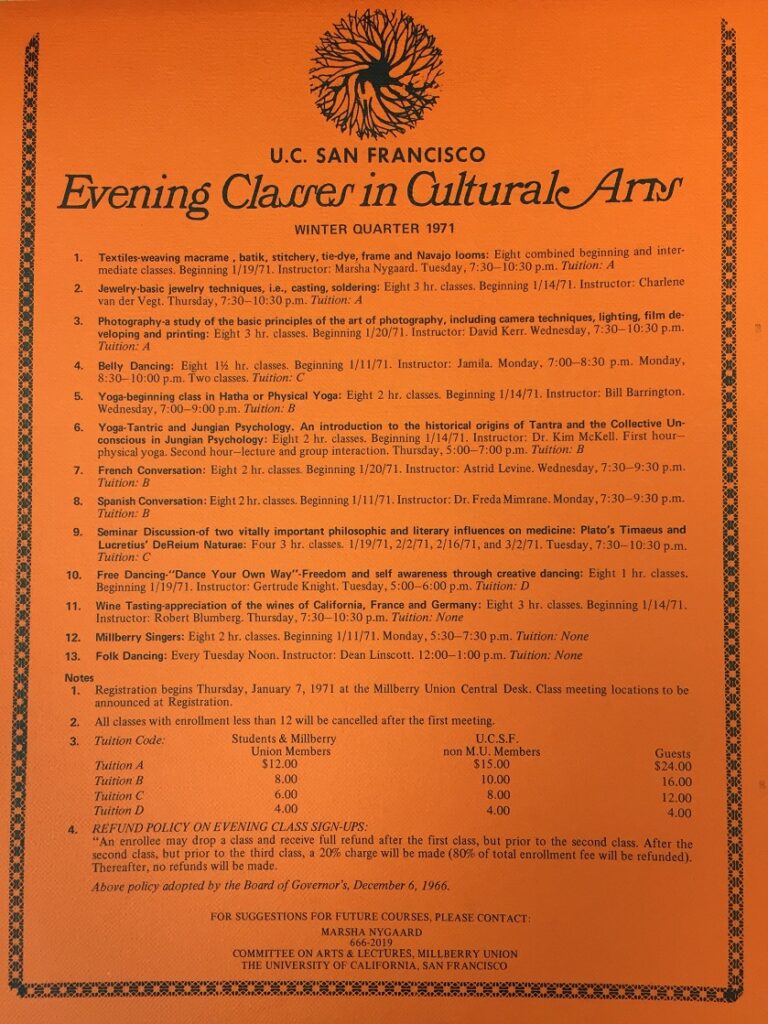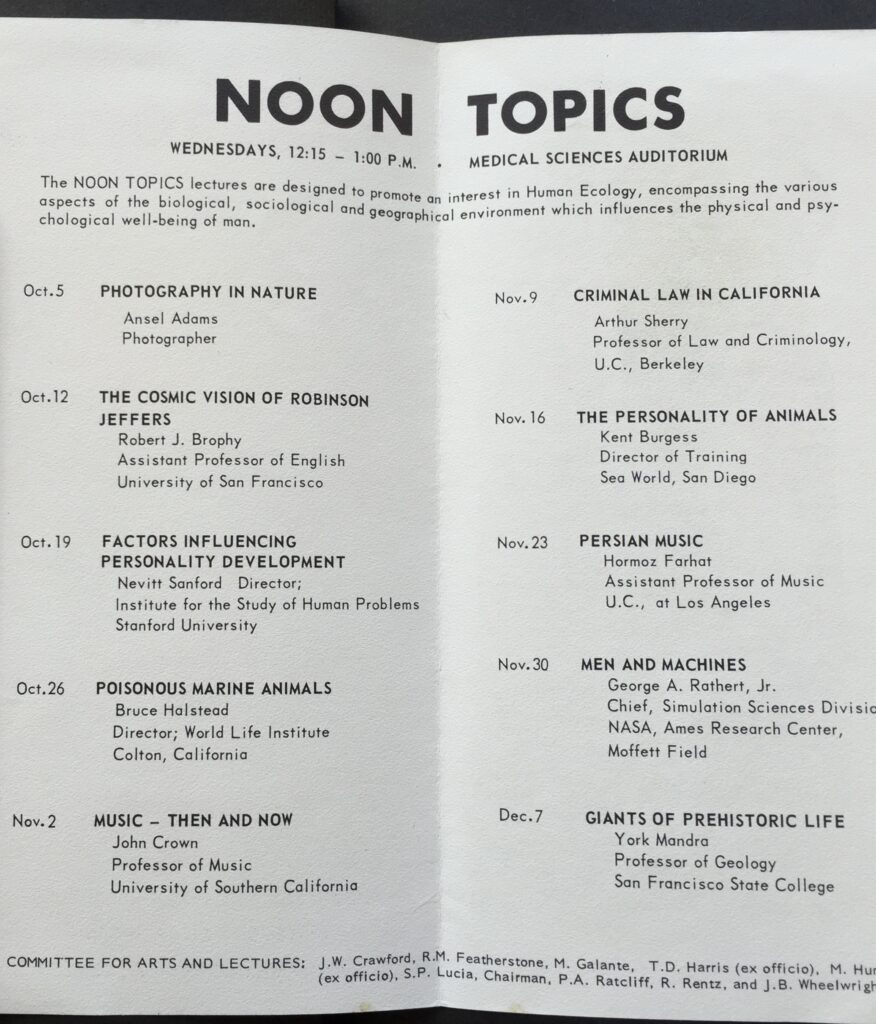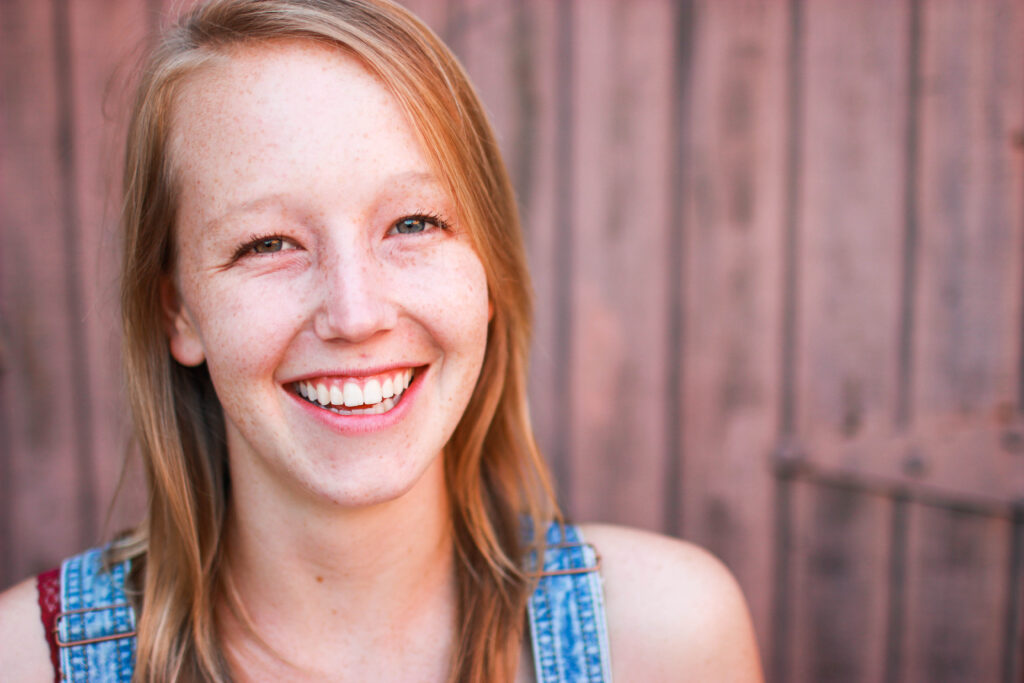This is a guest post by Allen Smoot, UCSF Archives Intern.
As an intern for the UCSF Archives, I’ve been working on digitized state medical society journals and tobacco control collections. At UCSF, the Archives and the Industry Documents Library both house immense collections of tobacco-related material. In the Industry Documents Library there are millions of documents from tobacco companies about their manufacturing, marketing, and scientific research. I narrowed in on chewing tobacco and how it became popular in the sporting world.
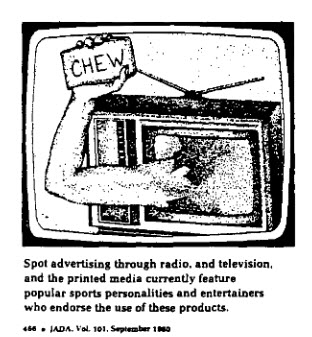
Image from “The case against smokeless tobacco: five facts for the health professional to consider,” September 1980, page 4.
Smokeless tobacco gained popularity in the United States in part because many jobs prohibited workers from smoking on site. Advertising also played a role; for example, an article in 1980 outlined the various ways that tobacco companies targeted college campuses and youths through their advertising for chewing tobacco. A report in 1984 cited that in Atlanta, 11% of sample elementary and high school students regularly used snuff.
In the sports world, the numbers could be higher. The same 1984 report, for instance, noted that in a Texas sample, one in every three varsity college athletes on baseball or football teams took two to eight dips per day. Sports idols like Sparky Lyle, former ace pitcher for the New York Yankees and Texas Rangers, contributed to chewing tobacco usage by serving as spokespersons for tobacco companies. Lyle promoted Levi Garrett pouch chewing tobacco on TV by claiming, “Most ball players dream about making it to the Hall of Fame, but I’d be satisfied for people just to remember me as the guy with the great chewing tobacco.”
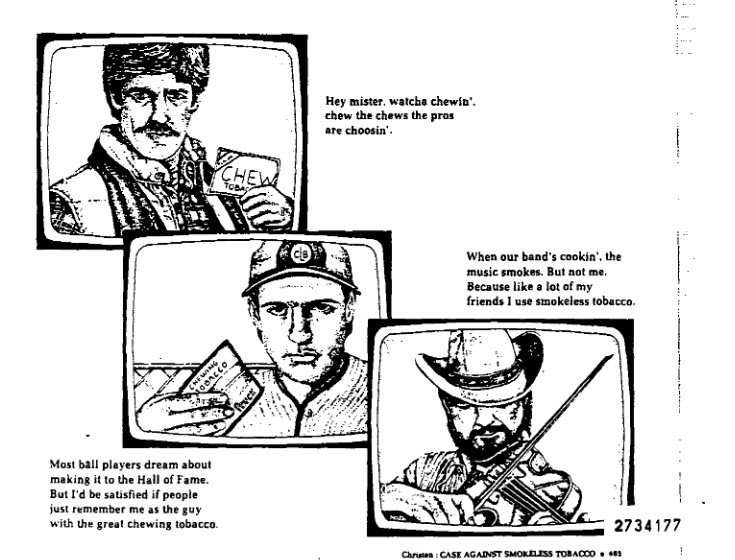
Image from “The case against smokeless tobacco: five facts for the health professional to consider,” September 1980, page 3.
Smokeless tobacco was advertised as “macho” by sports figures which led to the increase in use by younger people (“Smokeless tobacco is ‘burning’ young athletes,” 1981).
You can read more documents related to smokeless tobacco online in the Industry Documents Library and in the State Medical Society Journals Collection. You can also visit the UCSF Archives and view the Tobacco Control Archives.






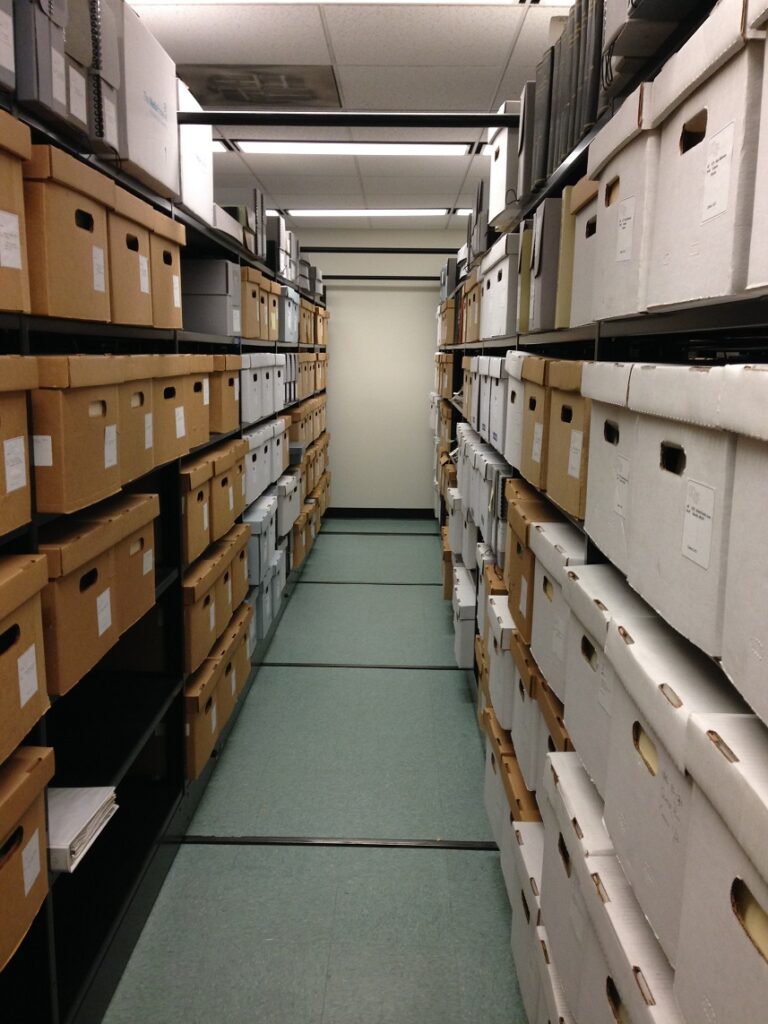
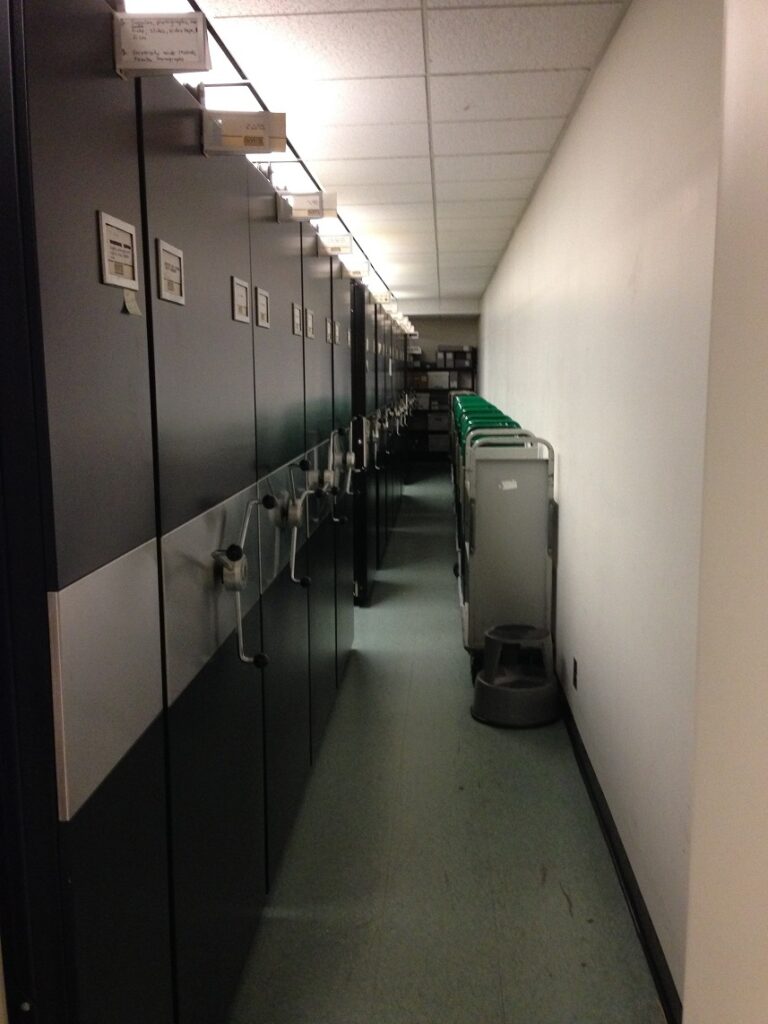
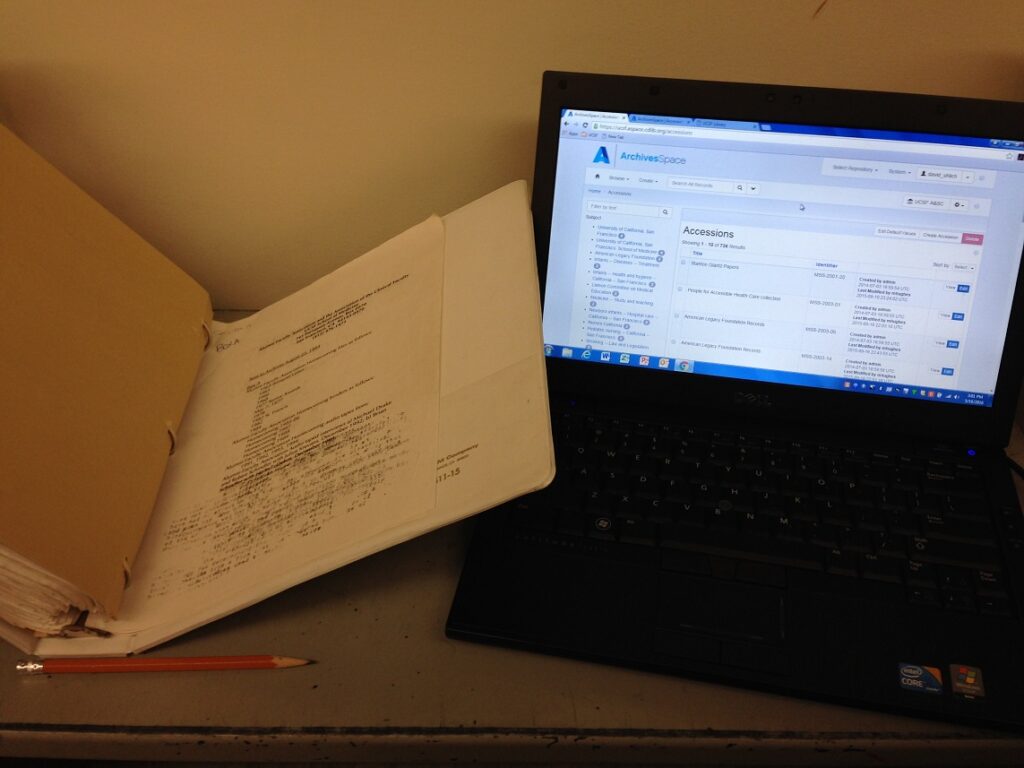
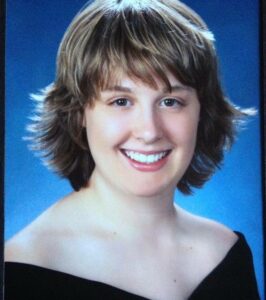
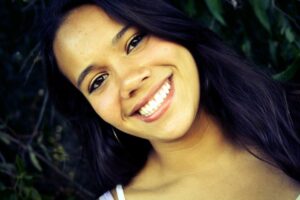





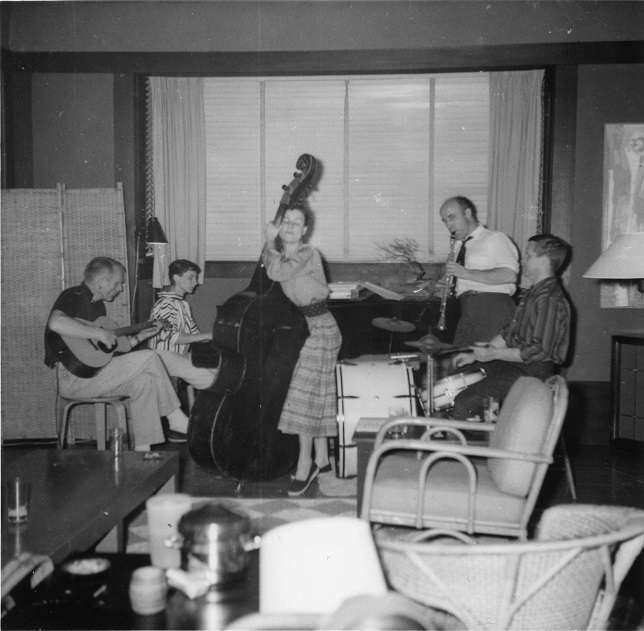
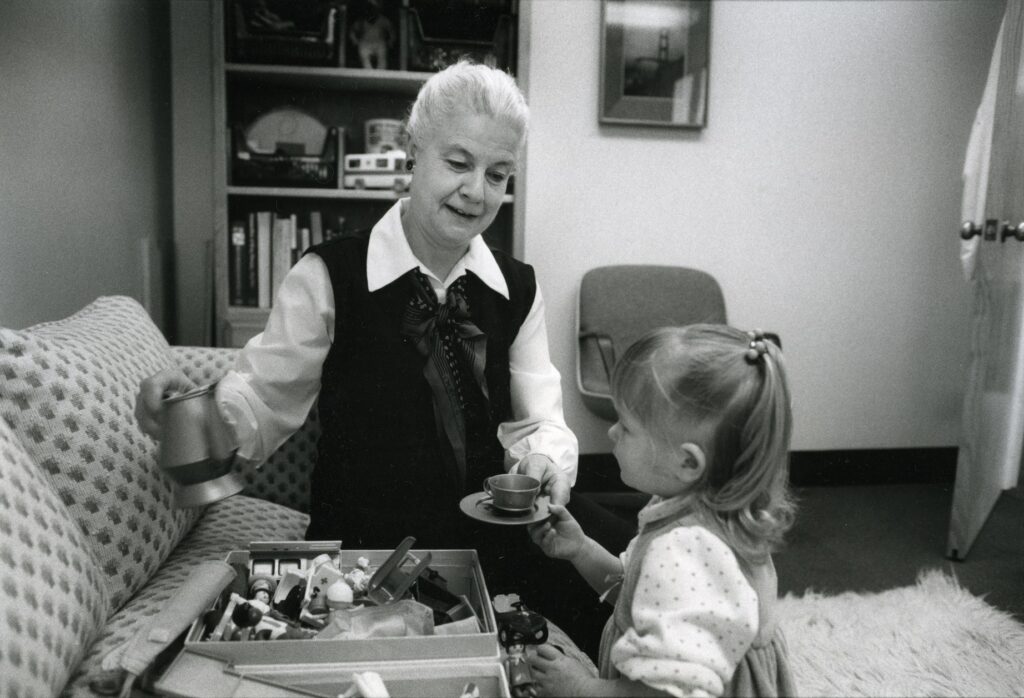
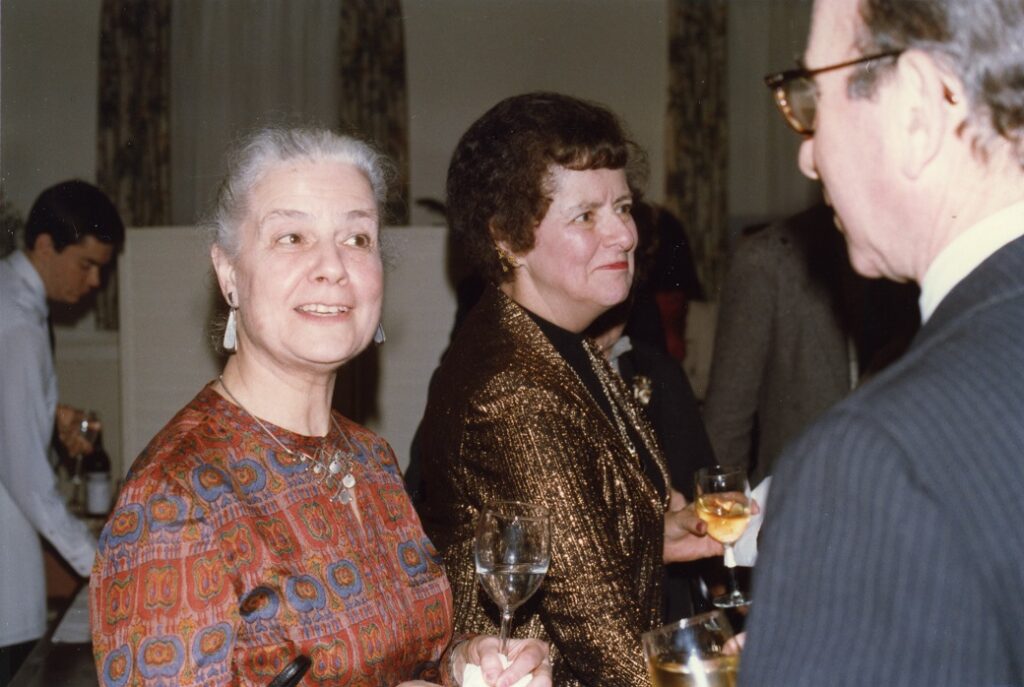
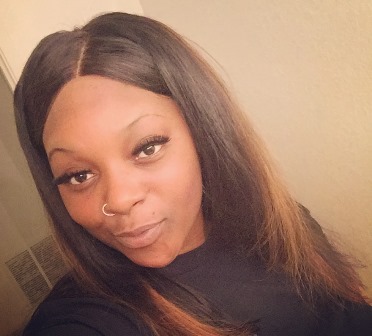 Jessica Jones is our first EXCEL program intern. The UC San Francisco Excellence through Community Engagement & Learning (EXCEL) Program is a clerical/administrative training program which aims to develop the potential workforce in UCSF’s surrounding communities and provide San Francisco residents with access to health-field related employment opportunities. It is a work-based program that uses both classroom and on-the-job training to prepare participants for career path jobs in the healthcare sector. In the past month Jessica who works in the Archives four days a week has successfully completed the
Jessica Jones is our first EXCEL program intern. The UC San Francisco Excellence through Community Engagement & Learning (EXCEL) Program is a clerical/administrative training program which aims to develop the potential workforce in UCSF’s surrounding communities and provide San Francisco residents with access to health-field related employment opportunities. It is a work-based program that uses both classroom and on-the-job training to prepare participants for career path jobs in the healthcare sector. In the past month Jessica who works in the Archives four days a week has successfully completed the 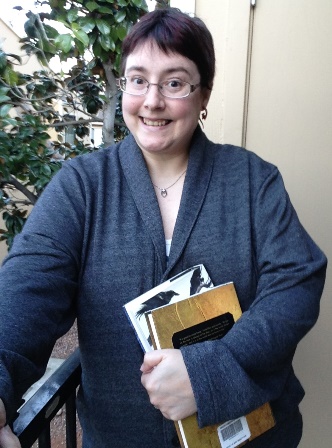 Kristin Daniel first became interested in library science when she was young; when her curiosity, more often than not, led her to find answers in books. The importance of information availability stayed with her throughout her schooling. Her passion was put on hold after she graduated high school in 1998, as economic necessities led her to a decade of service in the retail and hospitality industries. She got the opportunity to return to school and pursue her dream in 2008.
Kristin Daniel first became interested in library science when she was young; when her curiosity, more often than not, led her to find answers in books. The importance of information availability stayed with her throughout her schooling. Her passion was put on hold after she graduated high school in 1998, as economic necessities led her to a decade of service in the retail and hospitality industries. She got the opportunity to return to school and pursue her dream in 2008.